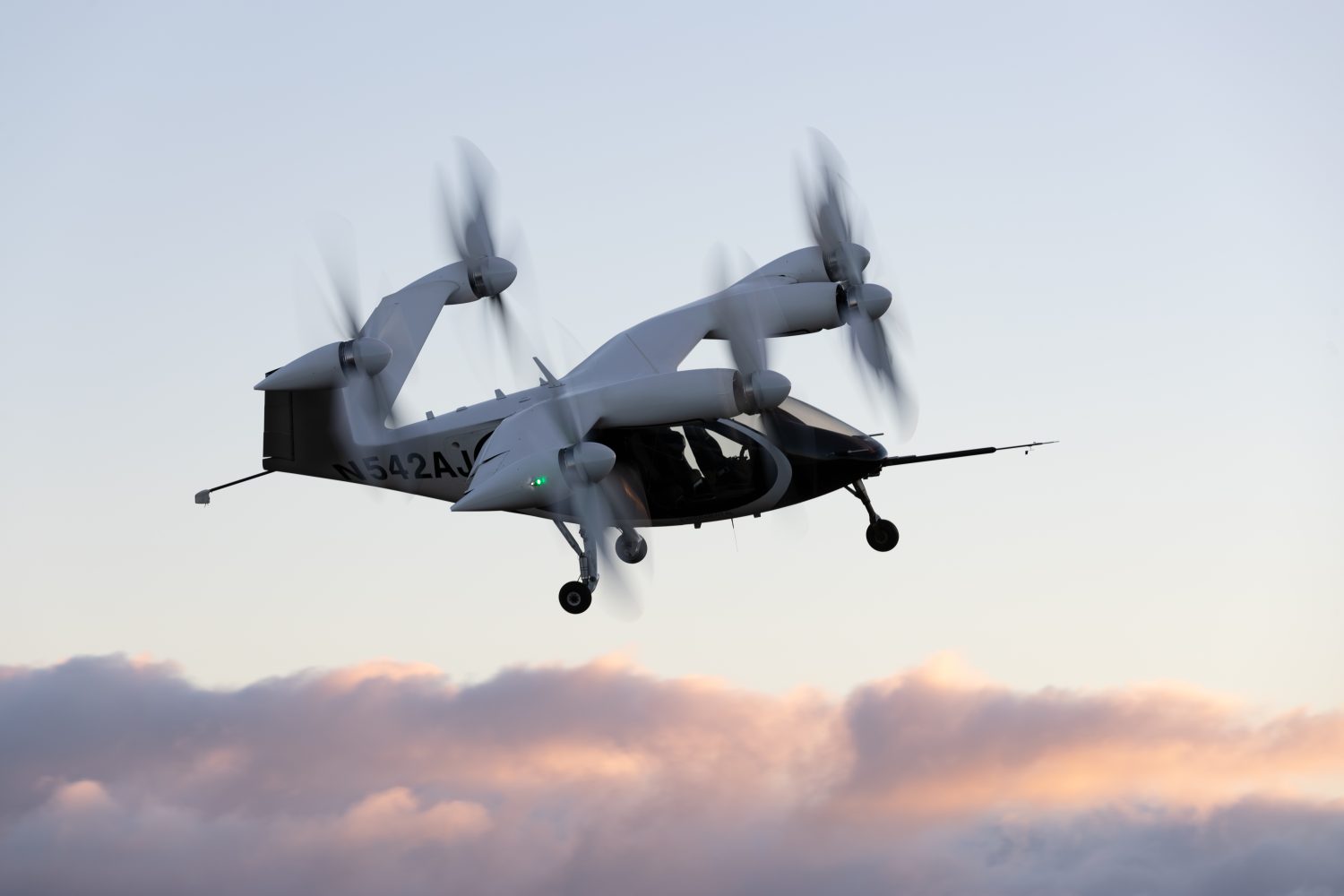
As developers of air taxis and other advanced air mobility (AAM) craft move closer to certification and launch of services, efforts by national regulators to coordinate standards and operating rules have gained momentum – most recently with an agreement between the US Federal Aviation Administration (FAA) and the South Korea Office of Civil Aviation (KOCA) to cooperate as rollouts near.
Both countries are expected to be early and enthusiastic adopters of electric vertical takeoff and landing (eVTOL) transportation, and a host of next-generation craft developers are preparing for introduction of services within and between cities in the two nations. As part of its objectives to harmonize certification, safety, and operational rules for AAM flights with other nations around the globe, the FAA signed a Declaration of Cooperation with KOCA to share and coordinate the research and shaping of their respective regulatory frameworks.
Read: South Korea’s Jeju Island plans air taxi UAM services in 2025
According to a communiqué issued by the FAA this week, its consultations with KOCA will seek to “collaborate on AAM projects and share ideas, information, skills, and techniques” on areas “including airworthiness, licensing, and operations.”
Its accord with its South Korean counterpart is only the most recent bilateral AAM pact the FAA has struck with other national regulators.
Last year it got that action going through a rapprochement with the UK’s Civil Aviation Authority (CASA) on AAM issues. It has also been involved in similar efforts with Australia’s Civil Aviation Safety Authority on eVTOL craft and drone certification.
Its agreement with KOCA on AAM planes, meanwhile, is similar to those previously struck with Canada, Japan, and New Zealand.
The FAA hasn’t been entirely alone in that. Last year CASA reversed an earlier decision to create its own AAM aircraft certification standards by aligning itself to those already established by the European Aviation Safety Agency – Brexit be damned. In doing so, CASA founded an informal and indirect cooperative trio with its EASA and FAA partners.
Read: Volocopter flies South Korea’s first public crewed air taxi trial
The next logical step would be for national regulators to come together under the aegis of an international structure to broaden that harmonization effort across the world. For now, though, acting FAA administrator Billy Nolan says the bilateral accords like those signed with KOCA will facilitate faster and better adoption of AAM craft.
“Collaborating with our international partners on safely integrating these new technologies will create more efficient, sustainable, and equitable transportation options,” he said.
FTC: We use income earning auto affiliate links. More.




Comments